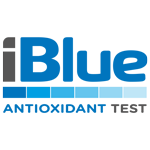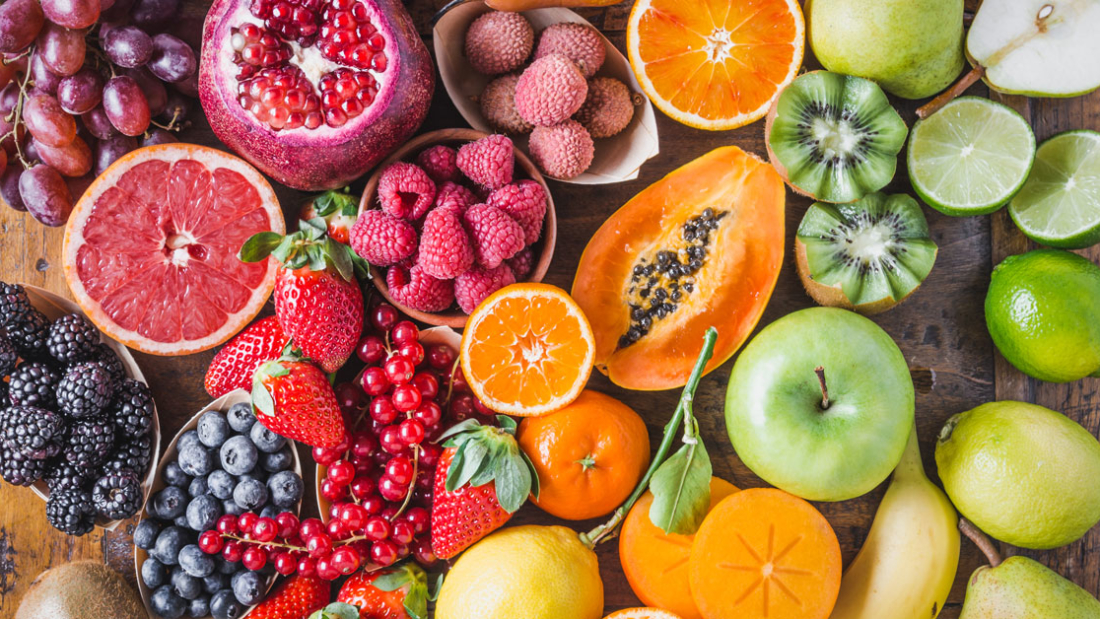Are you sure that your and your children’s diet is always healthy, varied and balanced?
A home test to measure your antioxidant level can help you find out and take any countermeasures you might need.
Our body is a perfect machine, designed to work with the essential nutrients we get from the food we eat, meaning carbohydrates, proteins, fats, fibre and water, as well as vitamins and minerals. These invaluable substances help in numerous biological processes.
Our diet is fundamental to our wellbeing, as it can help prevent the onset of a multitude of diseases, protecting the efficiency of various organs, from our brain to our heart. However, it must be balanced in terms of both quantity and quality.
Fruit and vegetables are undoubtedly at the heart of a healthy diet: that’s why the World Health Organisation (WHO) recommends eating at least 5 portions a day. They’re packed with natural antioxidants like vitamins A, C and E, copper, selenium, zinc, coenzyme Q10, polyphenols, flavonoids, carotenoids… and the list goes on.
These add to the antioxidants produced by our body to defend against any damage caused by excessive free radicals. In other words, they combat harmful oxidative stress, which can damage cell structure and weaken the immune system.
Antioxidants: which foods to choose and which to avoid
A healthy, well-balanced diet should provide everything we need, including antioxidants, and if that is the case, we shouldn’t need anything else. But we know how hard it can be to follow it consistently.
The countless things we need to do every day keep putting a spoke through the wheels. We set ourselves a frenetic, stressful pace which often hinders us from making the right food choices. Rushed lunchbreaks at work, whizzing around to take the kids here and there, socialising with friends, anniversaries, lunch with relatives… It doesn’t leave much time (or inclination) for cooking! It’s no wonder there’s been such a rise in the use of refined, precooked fast foods, which contain little nutritional value but are high in fat, sugar and preservatives.
And so it’s normal that our diet doesn’t always guarantee the right amount of the nutrients we need for our health – such as essential antioxidants, whose levels can drop dramatically. But it’s never too late to act.
Limit as much as possible:
- ready-to-eat meals, snacks and sweet treats
- red meat, cured meats, fried food
- sauces and oily dressings
- processed oils, butter, margarine, cream, lard
- confectionary and sugary drinks
Eat more of these antioxidant-rich foods:
- spinach, beet, brassicas (cabbage, cauliflower, broccoli, etc.), bell peppers, potatoes
- black grapes, blueberries, blackberries, strawberries, plums, oranges, kiwi fruit
- wholegrain cereals (oats, quinoa, rice)
- pulses (red lentils, beans)
- walnuts and almonds.
Help regulate your diet with a home antioxidant test
Even if you watch what you eat, the occasional error is inevitable. And often we’re not even aware of it, or at least, not completely. Perhaps we think that we’re eating enough fruit and veg, but that’s not true, or we’re not cooking it the best way. For example, boiling greens for too long causes them to lose a large part of their vitamins and minerals. Or perhaps your diet is too restricted, and you’re missing out on some essential trace elements? Or, if you’re honest, you allow yourself too many “treats”. Those drinks after work, your love of burger and chips, a pizza…
And then nowadays, there’s a whole host of “theories” on the topic that can wrongfoot any of us.
All this needs to stop.
There’s now a quick way to tell if you and your family are eating a healthy diet! Test your body’s antioxidant levels in the comfort of your own home.
If your level is low, it probably means you have a restricted diet with a low intake of fruit and vegetables: you need to take action. If it’s normal, you’re on the right road.
You can carry out the home antioxidant test from your own sofa at any time. All you need is a small saliva sample and a few minutes of time for the results, which are easily read against the colour strip provided. So easy a child could do it!

